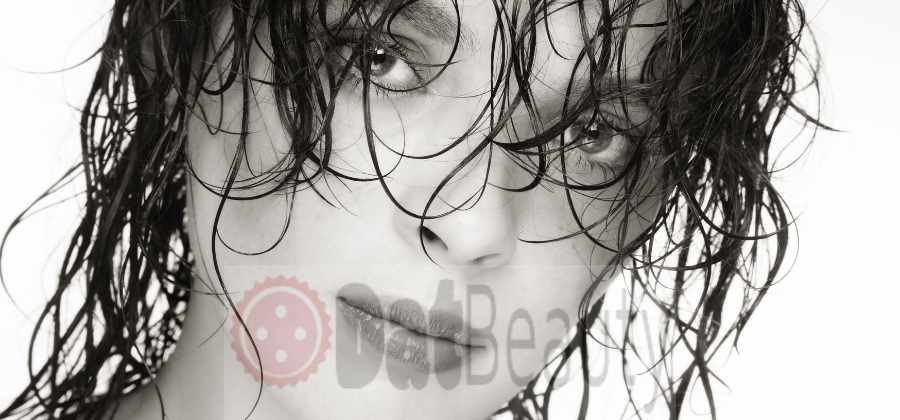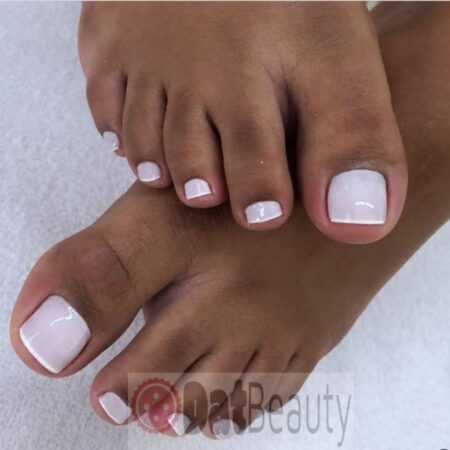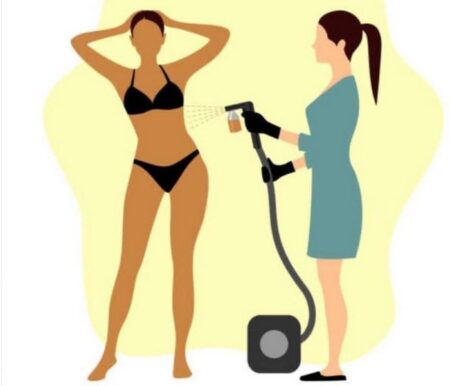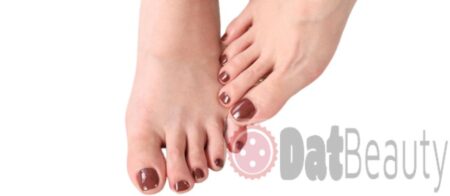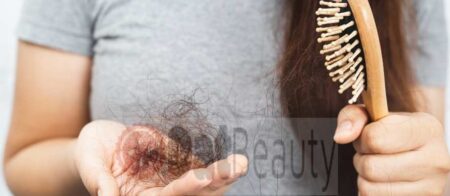Most people know that hair gets curly when it is wet, but not many people understand why. After all, the hair isn’t actually curling on its own. There are three reasons why this phenomenon occurs: firstly, water molecules cause the scales of your hair to stick together and flatten; secondly, as more and more water accumulates in your hair it weighs down the cuticle causing a tighter curl; thirdly, as you apply styling products or heat to your hair while it’s wet they can affect how much moisture is retained within each strand of fiber (which will determine whether your curls stay tight or start to loosen). Most people know that hair gets curly when it is wet, but not many people understand why.
How to determine the best products for your curl type
Let us start with three important words that will affect how well things work for your hair before we get into the breakdown of the nine distinct kinds of turns. They are porosity, adaptability, and curve distinction.
Porosity
The first thing that contributes to your curls is porosity. Porosity means how well or not your hair stays hydrated. This can vary greatly due to weather, environment, genetics (i.e., chemical use), and even hormones (for instance, during pregnancy). Curls with high porosity tend to get frizzy because the cuticle will lift easily when wet which allows for water molecules to escape more quickly; this causes frizz. On the other hand, it’s harder for water molecules to penetrate curls with low porosity so they’re less likely to become frizzy but also prone to dehydration and dryness if their natural oils aren’t properly taken care of.
Adaptability
The next important aspect of your curls is adaptability which means how well your hair responds to the environment. Curls that are more adaptable tend not to have as much frizz as those with low adaptability, but they will also become looser faster when wetted because their cuticles will open up without help from products or heat (like you’d use on straight hair).
Curvature Distinction
The last aspect of curl care has to do with curvature distinction which is actually just a fancy way of saying how tight or loose your curls are. This can be especially important for people who have coils instead of curls. A high degree of curvature distinction means that your hair stays together in small defined bundles whereas low degrees mean it’ll come apart into wavier strands.
Now that you have a better understanding of your hair, let’s go back to the original issue at hand: why does your hair become curly when it’s wet? It turns out this has a lot to do with frizz and how each type of turn reacts to the water. Let’s start with what most people consider “normal” which is low porosity, moderate adaptability, and high curvature distinction.
Normal Hair
Normal hair becomes curly when it gets wet for two reasons that are actually opposites of each other. When it first comes into contact with water it curls tightly because hydration causes the cuticles to tighten up; as more and more water accumulates in the fiber however, those strands loosen up as they absorb a majority of it causing the initial curl to loosen as well.
If you’ve never heard of “the wet set” before, now’s the time. That is the best way to describe how this type of hair behaves when it gets wet because once it reaches its maximum hydration point (meaning all the cuticles are closed) it will be very curly and then quickly start to straighten out (i.e., set).
It’s important to use a conditioner every time you wash your hair so that it doesn’t get too dry or brittle.
This is a myth! In fact, shampooing your hair too much can actually cause it to lose volume. Conditioner does not replace shampoo because what your hair really needs is the nutrients found in each (i.e., proteins and oils). Once you’ve cleansed your hair with shampoo make sure you nourish it with conditioner; doing so will keep it hydrated which reduces frizz and breakage while also setting it up for success when styling by layering on products like serums and creams (which are full of emollients that help smooth down any stubborn cuticles). It’s okay to switch back and forth between the two but don’t overdo either or you’ll end up hurting yourself more than helping yourself.

